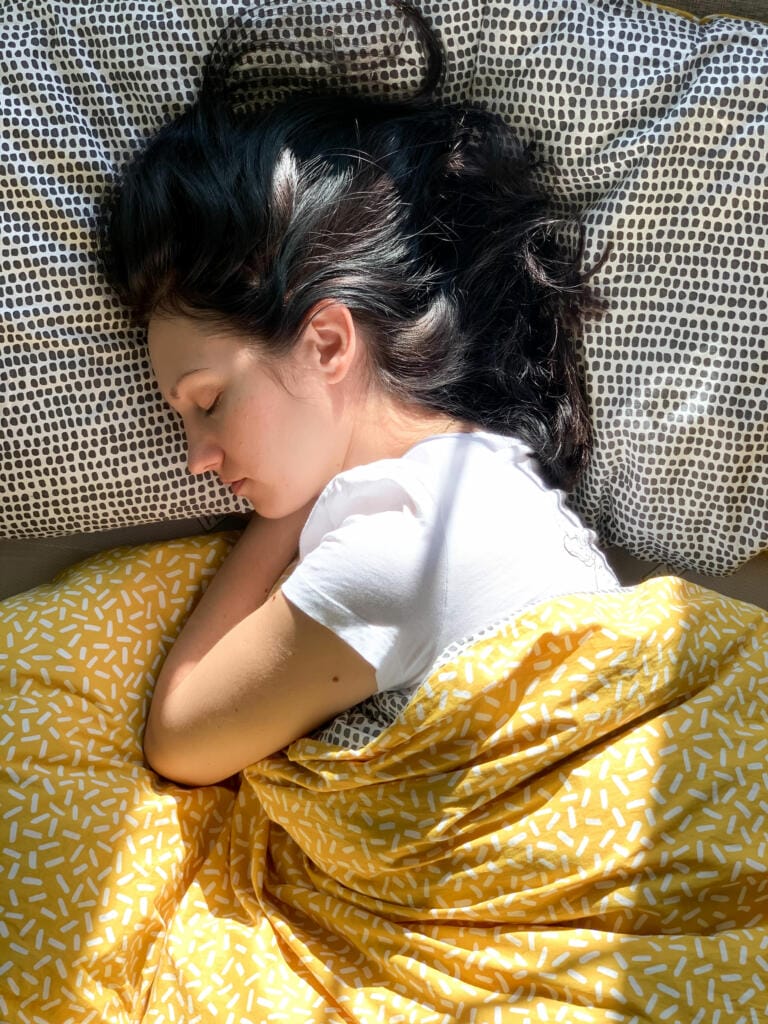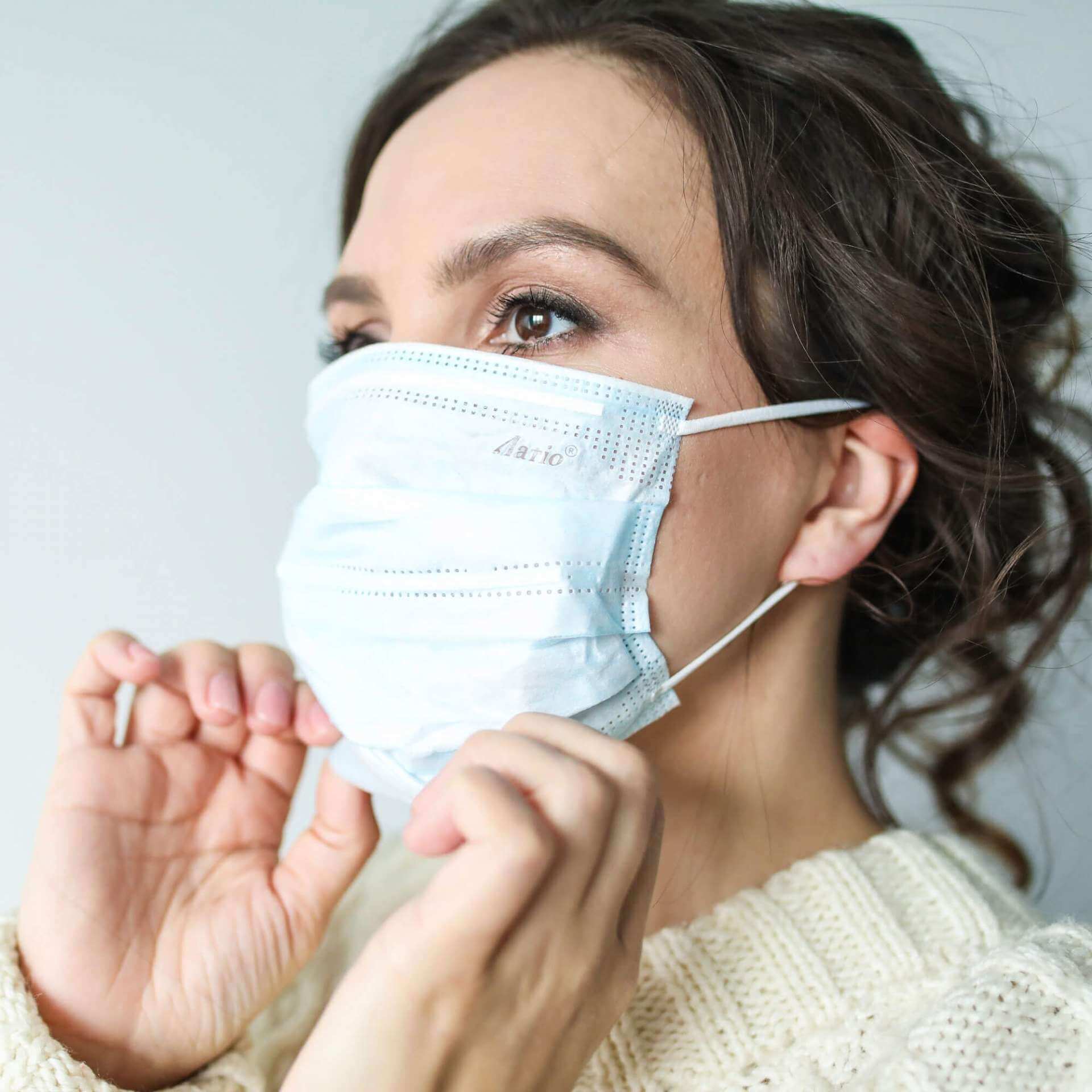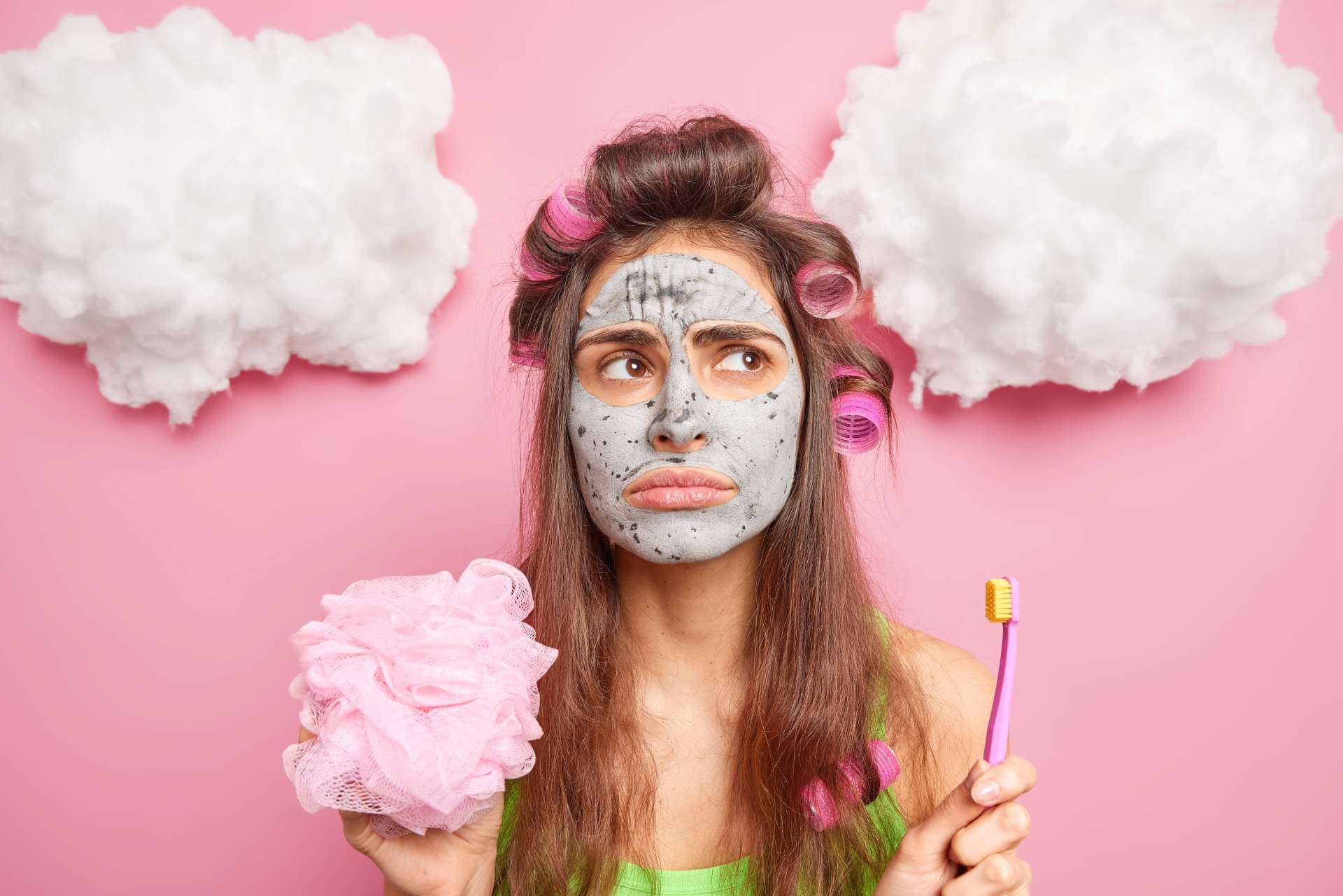When it comes to sleep positions, everyone has their favorite. Some people can’t fall asleep unless they’re flat on their backs, while others tend to sleep curled up on their sides. For side sleepers, however, there’s a growing concern that this position might contribute to wrinkles and sagging on one side of the face. The idea that the way you sleep could affect your skin might seem surprising, but there is research suggesting a possible link between your preferred sleep position and the appearance of facial aging.
How Sleep Positions Affect Your Skin
The skin is a delicate organ, and its elasticity changes as we age. As the skin becomes thinner and loses its ability to bounce back, external forces like pressure from your pillow during sleep can have more visible effects. Side sleepers may experience more compression on one side of the face for hours each night. This repeated pressure can cause the skin to fold or crease, which, over time, can contribute to the formation of wrinkles.
When you lie on your side, your face may be pushed against your pillow in a way that stretches and distorts the skin. Over time, this repeated action can lead to the breakdown of collagen and elastin — two key proteins that help keep the skin firm and supple. The breakdown of these proteins contributes to sagging and the appearance of fine lines and wrinkles. While no sleep position is entirely free from potential drawbacks, side sleepers might be at a greater disadvantage when it comes to skin aging.
Wrinkles and Asymmetry
One of the most noticeable effects of side sleeping is the development of asymmetry in the face. The side of the face that consistently presses against the pillow may start to look different from the other side. You might notice deeper lines or slight sagging on one side of the face. This happens because the skin on that side is under more constant stress during sleep, which accelerates the formation of sleep wrinkles. In contrast, the other side of your face, which faces upward and is free from compression, may appear smoother.
This phenomenon is sometimes referred to as “sleep lines” or “pillow wrinkles.” While many factors contribute to skin aging—including genetics, sun exposure, and overall skin care habits—repeated compression on one side can lead to visible differences in the skin’s appearance.
Interestingly, a study published in the Aesthetic Surgery Journal found that sleeping on one side can contribute to the asymmetry of facial features over time. According to the research, 64% of participants exhibited noticeable differences between the two sides of their face, with the side they most often slept on showing more significant signs of aging. This finding suggests that prolonged sleep habits can have a measurable impact on facial appearance. Source.
The Role of Pillows and Bedding
While sleep position plays a role in skin aging, the type of pillow and bedding used can also influence the effects. Many traditional pillows are made from materials that offer little give, causing more direct pressure on the skin. These firmer pillows can exacerbate the issue by increasing the force applied to the face during sleep.

Some dermatologists recommend switching to silk or satin pillowcases, as they create less friction and reduce the pulling or tugging of the skin during sleep. These smoother surfaces allow your skin to glide rather than drag, which may minimize the impact of sleep wrinkles. Memory foam pillows, designed to contour the shape of the head and neck, can also be beneficial in reducing pressure on the face.
Additionally, some sleep aids are designed specifically to promote back sleeping, as this position is thought to be less harmful to the skin. However, for those who find side sleeping more comfortable, choosing bedding that is gentle on the skin can make a noticeable difference in maintaining skin elasticity and minimizing wrinkles.
Skin Care Considerations for Side Sleepers
For side sleepers concerned about skin aging, a proactive skincare routine is essential. While your sleep position may contribute to some degree of facial asymmetry, there are steps you can take to maintain a youthful appearance and minimize wrinkles. A skincare regimen that focuses on hydration and collagen-boosting ingredients can help counter the effects of sleep-induced wrinkles.
Moisturizers and serums that contain hyaluronic acid, peptides, and antioxidants can support the skin’s natural barrier function and promote the production of collagen. These ingredients help the skin retain moisture and elasticity, making it more resilient to external stressors, including sleep compression. Incorporating a rich nighttime moisturizer can be particularly beneficial for side sleepers, as it helps to plump the skin and reduce the appearance of fine lines.
Retinoids, often hailed as a gold standard in anti-aging skincare, are another excellent option. Retinoids work by encouraging cell turnover and stimulating collagen production, helping to smooth out wrinkles and improve skin texture. Regular use of a retinoid can make the skin more resistant to the effects of side sleeping, although it’s important to balance their use with adequate hydration to prevent dryness.
Long-Term Effects and Prevention
While side sleeping might contribute to wrinkles and sagging, it’s important to remember that it’s just one of many factors in the aging process. Skin aging is influenced by a combination of genetics, lifestyle choices, and environmental factors. Sun exposure, diet, and overall skincare habits play significant roles in how your skin ages.
To prevent premature aging, it’s important to focus on a holistic approach to skincare that includes sun protection, a healthy diet rich in antioxidants, and consistent use of skincare products that promote skin health. For side sleepers, paying attention to pillow materials and skincare routines can help mitigate some of the negative effects of sleeping position.
If you’re looking to prevent sleep-induced wrinkles, one strategy is to experiment with your sleep position. Training yourself to sleep on your back can reduce the amount of pressure on your face. However, for those who find back sleeping uncomfortable, adjusting your bedding or incorporating supportive skincare products into your routine can help.
Final Thoughts on Sleeping on Your Side
In the end, side sleepers might indeed be more prone to developing wrinkles and sagging on one side of their face due to the repeated pressure and compression on the skin during sleep. However, with the right preventative measures, including the use of skin-friendly bedding and a tailored skincare routine, the effects of side sleeping can be minimized. While you might not be able to completely avoid the impact of sleep on your skin, staying mindful of your habits and investing in proper skin care can go a long way in maintaining a youthful complexion.











